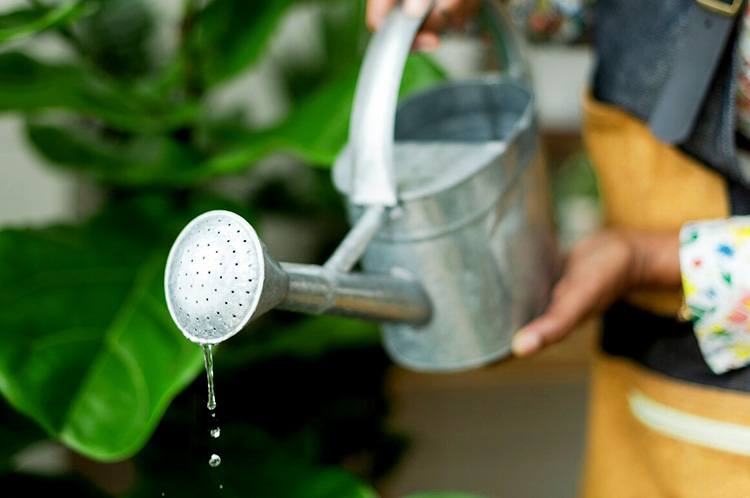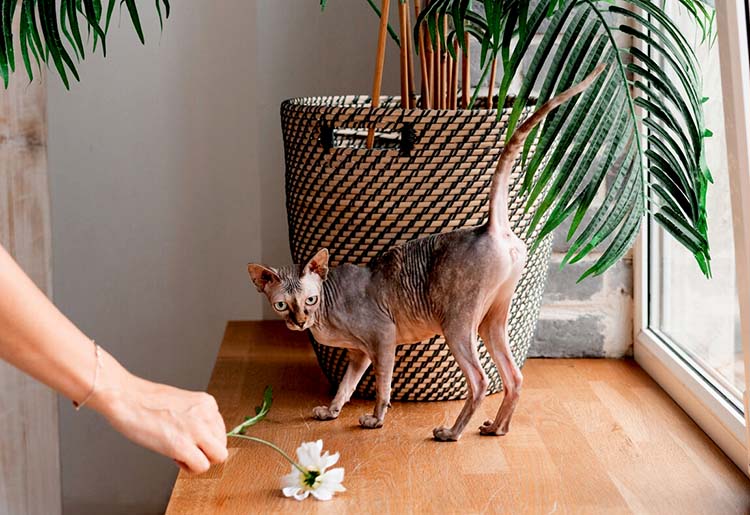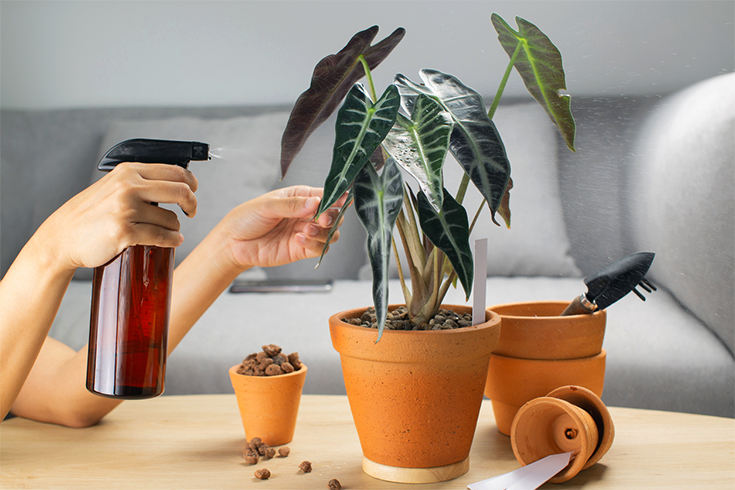Indoor plants can add life and beauty to any home, but they can also collect dust over time.
Dusty leaves not only look unsightly but can also interfere with a plant’s ability to photosynthesize properly.
Keeping your houseplants dust-free is an essential part of plant care, and it’s easy to do with these simple tips.
Regularly wipe down leaves
The easiest and most effective way to keep your houseplants dust-free is to regularly wipe down the leaves with a damp cloth or sponge.
Simply moisten the cloth or sponge with water and gently wipe each leaf. Be sure to support the leaf with one hand while wiping it with the other to avoid damaging it.
Wipe down the top and bottom of each leaf, as well as the stem.
Use a feather duster
For plants with large leaves, you can use a feather duster to remove dust. Gently run the feather duster over each leaf, taking care not to press too hard or damage the leaf.
A feather duster is a quick and easy way to remove dust from large plants with a lot of leaves, such as a fiddle leaf fig or rubber plant.
It’s also useful for reaching high or awkward spots where you might not easily reach with a cloth. Feather dusters can effectively remove dust from intricate leaf patterns and grooves, maintaining the plant’s natural beauty. For the best results, regularly dust your plants to prevent a significant buildup of dust over time. It’s a gentle tool, making it ideal for delicate leaves that might be too fragile for other cleaning methods.
Feather dusters are also versatile, suitable for other home cleaning tasks, ensuring they are a handy addition to your plant care kit.
Use a soft-bristled brush
For plants with small leaves or hard-to-reach areas, you can use a soft-bristled brush to remove dust. A small paintbrush or toothbrush works well for this purpose.
Simply gently brush each leaf to remove any dust. You can also use a soft-bristled brush to clean any crevices or tight spaces on the plant. This method is particularly effective for plants with intricate leaf structures, such as ferns or succulents. The soft bristles ensure that the leaves and stems are not damaged while cleaning.
Regularly using a brush helps prevent dust accumulation in the hidden nooks of the plant, which can often be overlooked. For the best results, choose a brush with natural bristles, as they are less likely to cause static or scratch the leaves.
This approach is also ideal for delicate plants that might not withstand the pressure of a cloth or feather duster.
Use a handheld vacuum
For plants with thick foliage or hard-to-reach areas, a handheld vacuum can be an effective way to remove dust.
Use a soft brush attachment to gently suction away any dust from the leaves. Be sure to use the lowest suction setting to avoid damaging the leaves.
This method works especially well for large, bushy plants like spider plants or philodendrons, where dust can accumulate deep within the foliage. The handheld vacuum is also perfect for cleaning plants that are difficult to move, such as large indoor trees.
By using a handheld vacuum, you can easily clean multiple plants in a short amount of time without the need to handle each leaf individually. It’s particularly useful for maintaining a dust-free environment in spaces with numerous plants.
Make sure to clean the vacuum filter regularly to ensure it operates efficiently and doesn’t blow dust back onto your plants.
Avoid using harsh cleaning products
When cleaning your houseplants, it’s important to avoid using harsh cleaning products, as they can damage the leaves.
Avoid using any products that contain bleach, ammonia, or other harsh chemicals. Stick to using water or a mild soap solution if necessary.
Avoid overwatering

Overwatering your plants can lead to a buildup of dust and dirt on the leaves. When you water your plants, be sure to only water the soil and avoid getting water on the leaves.
If you do accidentally get water on the leaves, gently wipe them down with a damp cloth to remove any dirt or dust. This helps prevent mold and mildew, which can thrive in moist conditions on the leaves. Overwatering can cause the roots to rot, which weakens the plant and makes it more susceptible to pests and diseases. Proper watering techniques not only keep your plants clean but also ensure their overall health and longevity.
Remember, most houseplants prefer to dry out a bit between waterings, so always check the soil moisture before adding more water.
Provide proper ventilation
Proper ventilation is important for maintaining a healthy environment for your plants. Good ventilation can help prevent dust buildup on leaves and improve air quality.
Be sure to open windows or use a fan to circulate air in the room where your plants are located.
Regularly rotate your plants
Regularly rotating your plants can help ensure that all sides of the plant receive adequate sunlight and air circulation, which can help prevent dust buildup.
Rotate your plants every two to three weeks to ensure they get even exposure to light and air.
Keep pets away from your plants

Pets can often leave behind fur, dander, and other debris on plants, which can lead to dust buildup. Keep pets away from your plants as much as possible to prevent this from happening.
Remove dead or damaged leaves
Dead or damaged leaves not only look unsightly, but they can also attract pests and contribute to dust buildup.
Remove any dead or damaged leaves as soon as you notice them to prevent problems from spreading to other parts of the plant.
Keep plants away from high traffic areas
Plants that are located in high traffic areas like doorways or hallways tend to collect more dust and debris than those in less frequently travelled areas.
Try to keep your plants in areas that are less likely to be disturbed by people or pets.
Use a neem oil solution
Neem oil is a natural, non-toxic insecticide that can also help keep your plants clean and dust-free.
Mix a few drops of neem oil with water in a spray bottle and mist your plants lightly. The neem oil will not only repel pests, but it will also help prevent dust buildup on the leaves.
Good for the health of your houseplants
Keeping your houseplants dust-free is an essential part of plant care. Regularly wiping down leaves, using a feather duster or soft-bristled brush, and avoiding harsh cleaning products are effective ways to keep your plants looking their best.
Proper ventilation, rotating your plants, and keeping pets away from your plants can help prevent dust buildup and ensure your plants stay healthy and beautiful.
By following these simple tips, you can keep your houseplants looking their best and create a healthy and inviting environment in your home. Remember, healthy plants not only add beauty to your home, but they also improve air quality and provide numerous health benefits.

My name is Scarlett Mitchell and i am an author and editor in the home topic website – FemCasa.com.
I’m just an enthusiast who wants to share her visions, ideas and advices, when it comes to decorating every part of your home until it becomes the perfect relaxing place for you and your family.

